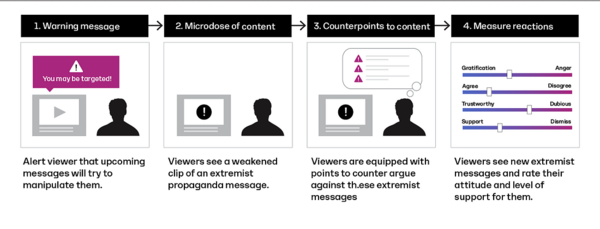Red herring
(“disinformation”) | |
|---|---|
 | |
| Founder(s) | William Cobbett |
| Something to distract from something else. | |
A red herring in conversations is something that misleads or distracts from a relevant or important question.
It may be either a logical fallacy or a literary device that leads readers or audiences toward a false conclusion.
When it comes to rhetoric, the use of red herrings is operationalized through the concept of the red herring fallacy. The red herring fallacy is a logical fallacy where someone presents an irrelevant piece of information in an attempt to distract their opponent and the audience from the topic that is being discussed, or to shift the discussion in a new direction.
For example, if a politician is asked in an interview to explain how they feel about a certain policy, they might use the red herring fallacy by saying how they feel about a related topic instead, without actually answering the original question which they were asked.[1]
Etymology
A dead red herring was often used to confuse or test the scent of a hunting dog.
Psychological inoculation
Jigsaw is Google's intelligence-tied think-tank for psychological manipulation, "doing things the CIA cannot do."[3] In 2021, Jigsaw, posted an article on Medium embracing "psychological inoculation" or "prebunking" as an important new technique to fight online "extremism".[4]
Prebunking involve exposing a subject to the weakest possible strawmanned version of a dissident narrative (a "microdose" of an argument), so that when people encounter the complete unfiltered version of the argument out in the wild, they are already conditioned against it.[4][5]
The technique included basic warnings to users that the content they are about to consume contains misinformation, but also a more advanced "inoculation" technique of presenting users with the weakest possible version of a dissident narrative. The method works by priming users to stay on their guard against manipulation, and to associate "extremist" messages with a deliberately-weakened "microdose" of the argument. According to Jigsaw, the method was successful in altering users’ opinions, with “inoculated” users less likely to embrace the “extremist” ideology than non-inoculated users.[4][5]
